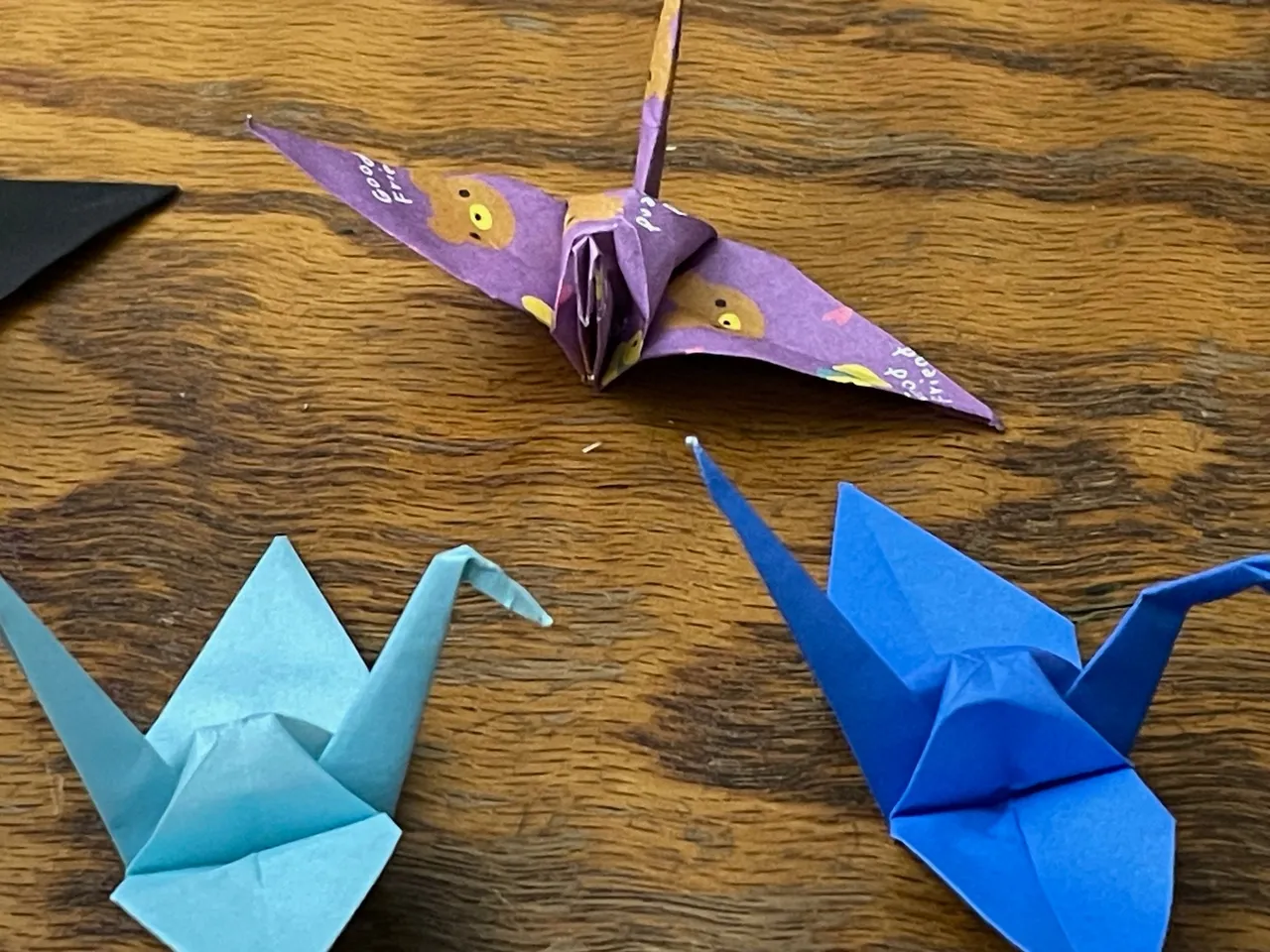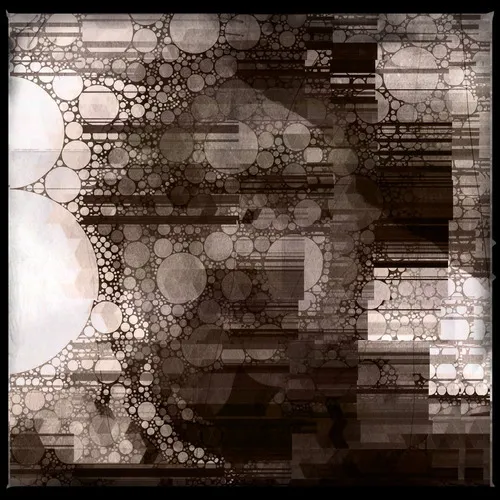My youngest son has really been into origami lately. He made all of these the other day.

They are somewhat small, using 7 cm paper (about 3 in). This is the size I usually prefer. Since the paper is smaller than what you probably consider the standard size you get double the amount for the money (which is still ¥100 plus tax here) and it's easier to store smaller models. So since this is what I have, this is what my kids use.
Anyway, the paper crane is probably the most famous origami model in the world. Called orizuru (折鶴, "folded crane") or simply tsuru (鶴, "crane"), pretty much everyone knows how to make these. It's probably one of the first models people learn when they do origami.

The crane is considered a lucky animal in Japan, therefore folding it is also lucky. And you know what is more lucky than folding one? Folding 1000!
A thousand orizuru all strung together is called a senbazuru (千羽鶴, "thousand cranes). It is said that if you fold one thousand cranes, you will be granted one wish. Some versions of the story say they all have to be folded within one year and by the same person to get the wish.
I'm not sure if this was actually a popular thing back in the day, but since the second world war it has become a very well known story and very popular both to make and give as gifts.
Little Sadako Sasaki was a mile away from ground zero of the Hiroshima bomb. She was blown out the window but seemed to suffer no injuries beyond confusion at what happened. She and her mother fled to a shelter and were caught in the black rain that resulted from the blast.

Everything seemed to be ok in her life until 1954 when she developed swelling on her neck and behind her ears. She was soon diagnosed with leukemia. She was hospitalized in 1955 and given no more than a year to live.
While hospitalized, a friend told her about the legend of the paper cranes. She soon set a goal of folding 1000 and wishing to be healthy. She had plenty of free time, but unfortunately she lacked paper. This was post-war Japan and resources were just not there for anything. She would use the labels to medicine, wrapping paper, receipt paper—anything she could find.

The common version of the story says that she only was able to fold 644 before she died. Her friends finished all 1000 and buried them with her.
Due to this incredibly sad story, not only did awareness of this one thousand crane story increase, but people from all over the world pretty much constantly send bunches of 1000 cranes to the Hiroshima Peace Park. The park gets so many that they recycle them into books and pens that get sold in the gift shop. I used to have some, but I have long since misplaced them, so I can't show a photo.

I assume most of you reading probably know how to make one. If you don't, there are literally hundreds of videos on YouTube for folding it. Here is one that jumped out at me for being especially easy to follow.
Several of the steps in there can be skipped, but for beginners it does help to follow all of them.
And after you learn how to fold one, why not try for 1000? Do it within a year and maybe, just maybe, you might get your wish.

❦
 |
David LaSpina is an American photographer and translator lost in Japan, trying to capture the beauty of this country one photo at a time and searching for the perfect haiku. He blogs here and at laspina.org. Write him on Twitter or Mastodon. |